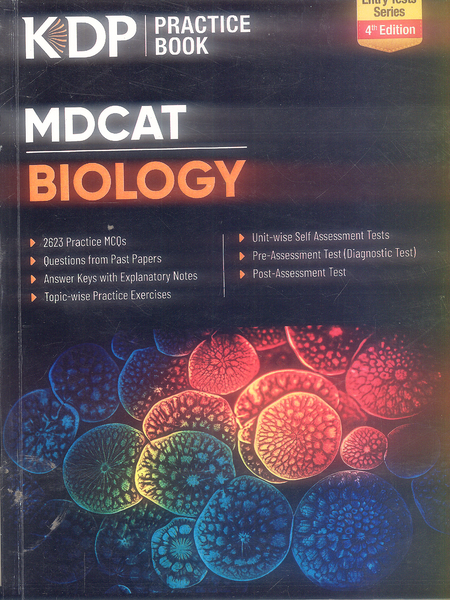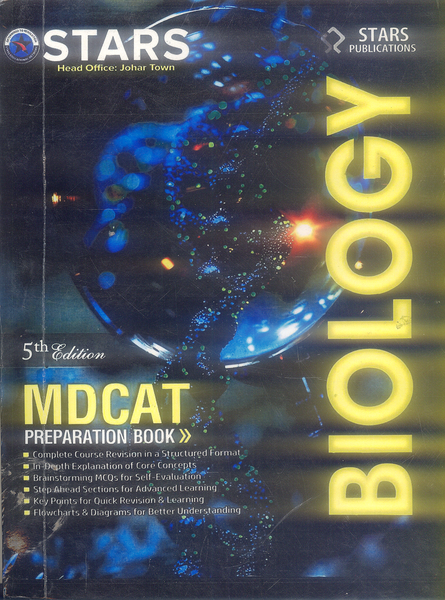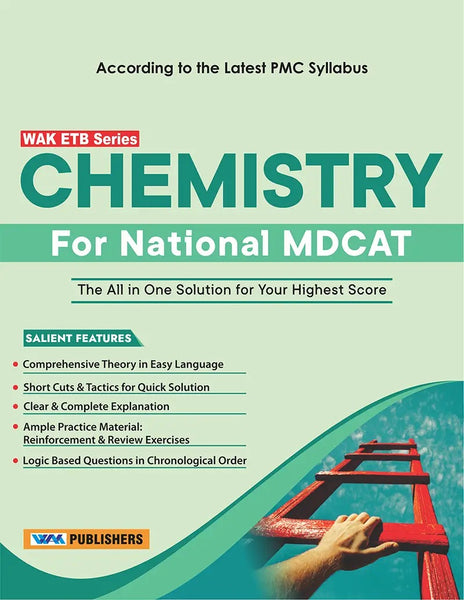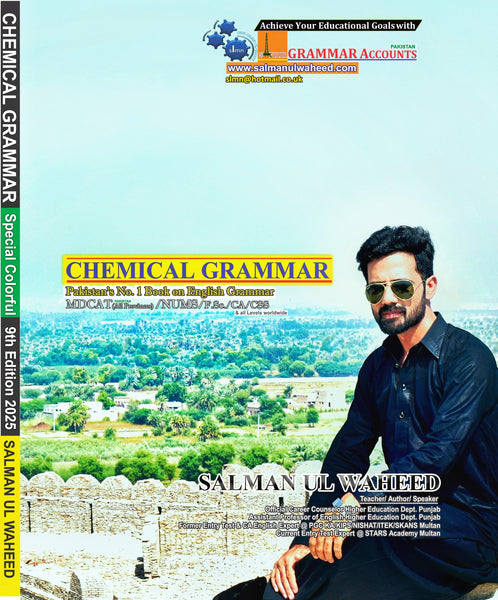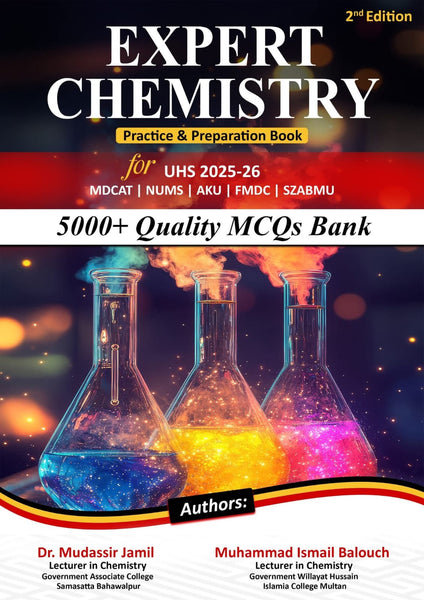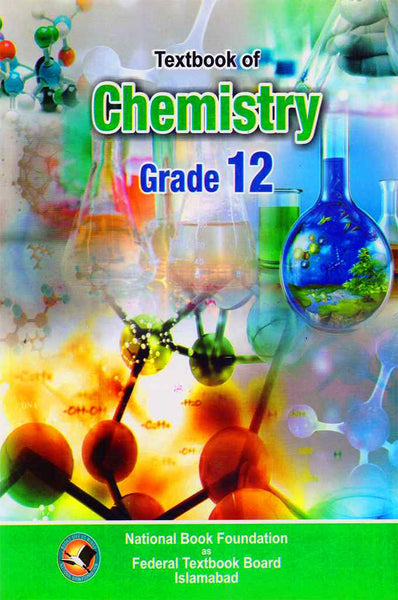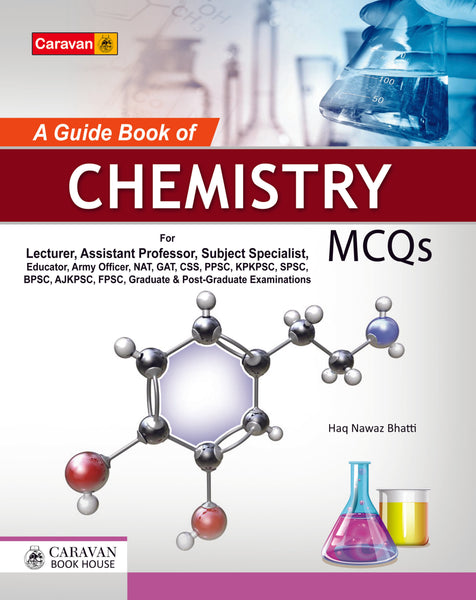Forensic Chemistry Fundamentals And Applications By Jay A Siegel
- Publisher: CHEMISTRY
- Availability: In Stock
- SKU: 47144
- Number of Pages: 530
Rs.1,190.00
Rs.1,495.00
Tags: accelerants , analytical instruments , arson investigation , best books , Best Selling Books , BestBuy’s , biological evidence , biological specimens , case studies , chemical identification , chemical quantification. , chemical substances , contamination investigation , controlled substances , crime solving , DNA analysis , DNA extraction , DNA profiling , drug analysis , emerging techniques , environmental forensics , evidence interpretation , explosive analysis , fibers , fire debris , forensic advancements , forensic applications , Forensic chemistry , forensic field , forensic insights , forensic methods , forensic practices , forensic principles , forensic professionals , forensic samples , forensic students , forensic techniques , forensic technology , Fundamentals And Applications , glass , good books , hairs , illicit drugs , Jay A. Siegel , paint , pharmaceuticals , poison detection , poisons , pollutant tracing , pollution sources , software developments , toxicology , toxins , trace evidence
"Forensic Chemistry Fundamentals and Applications" by Jay A. Siegel provides an in-depth exploration of the principles and practices of forensic chemistry. This book delves into the analytical techniques used to investigate crimes, offering a comprehensive overview of how chemical analysis is applied to forensic science. It covers a range of topics including the identification of chemical substances, the interpretation of chemical evidence, and the latest advancements in forensic technology. The text is designed to be accessible for both students and professionals in the field, providing practical insights and real-world applications of forensic chemistry.
Key Points
1. Introduction to Forensic Chemistry Forensic chemistry is the application of chemical principles and techniques to the investigation of crimes. This chapter provides a foundational understanding of the role of chemistry in forensic science, including an overview of the types of evidence analyzed by forensic chemists.
2. Chemical Analysis Techniques This section covers the various analytical methods used in forensic chemistry, such as chromatography, spectroscopy, and mass spectrometry. It explains how these techniques are employed to identify and quantify chemical substances in forensic samples.
3. Drug Identification and Analysis The book details the processes involved in detecting and identifying drugs in biological and non-biological samples. It includes methods for analyzing controlled substances, pharmaceuticals, and illicit drugs.
4. Toxicology and Poison Detection This key point focuses on the identification of toxins and poisons in biological specimens. It explores the principles of toxicology, the types of poisons encountered in forensic investigations, and the methods used to detect and quantify these substances.
5. Trace Evidence Analysis Trace evidence refers to small amounts of materials that can link a suspect to a crime scene. This chapter discusses the analysis of trace evidence such as fibers, hairs, glass, and paint, and the techniques used to examine and compare these materials.
6. Biological Evidence and DNA This section examines the role of forensic chemistry in the analysis of biological evidence, particularly DNA. It covers the principles of DNA profiling, the methods used for extracting and analyzing DNA, and the interpretation of DNA evidence in forensic contexts.
7. Explosive and Fire Debris Analysis The book outlines the chemical analysis of explosive materials and fire debris. It includes techniques for identifying residues from explosives and accelerants used in arson, and the procedures for collecting and preserving this type of evidence.
8. Environmental Forensics Environmental forensics involves the investigation of environmental contamination and pollution. This chapter discusses the methods used to trace the sources of pollutants, the types of chemical analyses conducted, and the application of forensic chemistry to environmental cases.
9. Advancements in Forensic Technology This section highlights recent advancements in forensic technology that have enhanced the capabilities of forensic chemists. It covers new analytical instruments, software developments, and emerging techniques in the field.
10. Case Studies and Practical Applications The final key point presents real-world case studies that illustrate the application of forensic chemistry in criminal investigations. It provides examples of how chemical analysis has been used to solve crimes and highlights the importance of forensic chemistry in the justice system.
Conclusion
"Forensic Chemistry Fundamentals and Applications" by Jay A. Siegel offers a thorough and accessible guide to the field of forensic chemistry. Through detailed explanations and practical examples, the book demonstrates the critical role of chemical analysis in forensic investigations. It serves as a valuable resource for students, professionals, and anyone interested in the intersection of chemistry and criminal justice.
════ ⋆★⋆ ════
Writer ✤ Jay A Siegel



